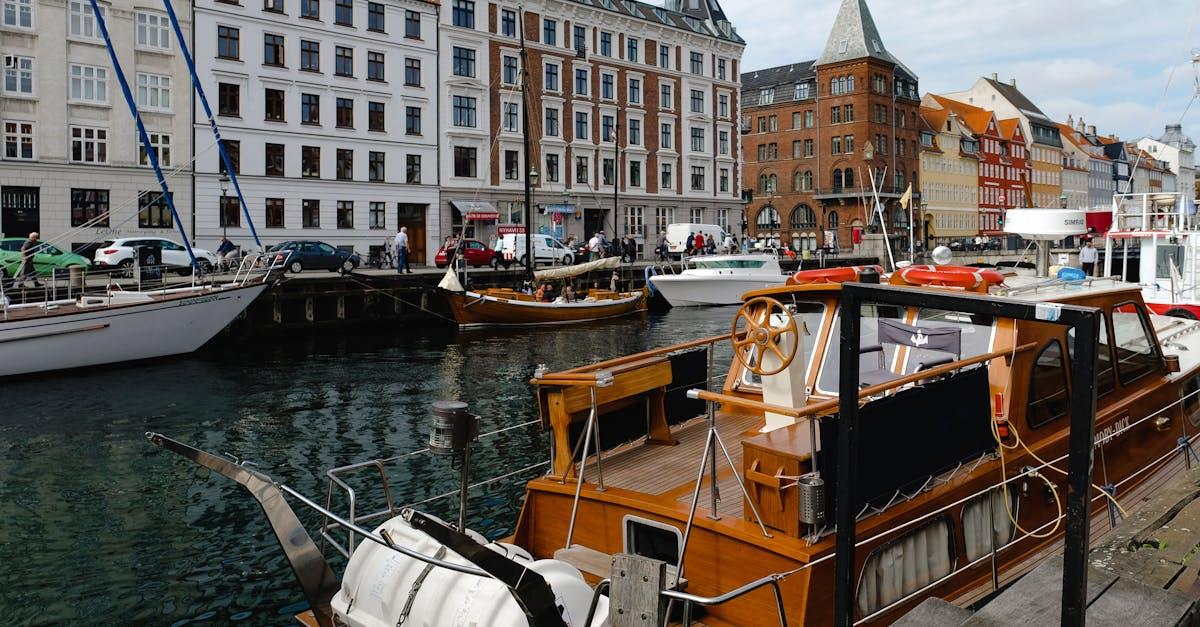Purchasing an apartment in Denmark is a structured process that offers opportunities for both residents and foreigners. Understanding the legal requirements, financial considerations, and procedural steps is essential for a successful transaction.
Understanding the Danish Property Market
Denmark’s real estate market is known for its stability and transparency, making it an attractive option for investors and homebuyers. Property prices vary significantly based on location, size, and condition. Urban centers like Copenhagen and Aarhus tend to have higher prices due to demand, while rural areas may offer more affordable options. Familiarizing yourself with current market trends and regional differences is crucial when making an informed decision.
Legal Requirements for Foreign Buyers
Foreign nationals can purchase property in Denmark, but certain conditions apply:
-
Residency Requirement:
If you have resided in Denmark for at least five years, you can buy property without prior permission. If not, you must obtain permission from the Danish Ministry of Justice. This rule ensures that buyers have a legitimate connection to the country. -
EU/EEA Citizens:
Citizens from EU or EEA countries working in Denmark may purchase property without special permission, provided they use it as their primary residence.
For a more detailed overview of these requirements, visit The Danish Dream’s article on how to buy an apartment in Denmark.
Steps to Buying an Apartment in Denmark
-
Financial Preparation:
- Budgeting: Determine your budget, including the purchase price and additional costs such as taxes, legal fees, and maintenance.
- Financing: Secure financing through Danish banks, which typically require a minimum down payment of 5-10% for EU citizens and up to 40% for non-EU nationals.
-
Property Search:
- Utilize online platforms like Boligsiden.dk to browse listings.
- Engage with local real estate agents who can provide insights and access to various properties.
-
Legal Considerations:
- Conduct thorough checks on the property’s legal status, including ownership, liens, and compliance with local regulations.
- Review the purchase agreement carefully, preferably with legal assistance, to understand all terms and conditions.
-
Finalizing the Purchase:
- Both parties sign the purchase agreement, making the transaction legally binding.
- Register the property with the Danish Land Registry to formalize ownership.
Additional Considerations
-
Property Types:
In Denmark, you can purchase condominiums (ejerlejlighed) or cooperative apartments (andelsbolig). Condominiums involve full ownership, while cooperative apartments mean owning a share in a housing association. Each has distinct obligations and benefits. -
Taxes and Fees:
Be aware of property taxes, registration fees, and potential capital gains tax if you sell the property in the future. -
Residency Requirement:
Most properties come with a residence requirement, meaning you must register your address and live at the property.
Conclusion
Buying an apartment in Denmark involves a clear set of steps and legal requirements, especially for foreign buyers. By understanding the market, preparing financially, and adhering to legal protocols, you can navigate the process effectively. Engaging with local professionals, such as real estate agents and legal advisors, can provide valuable assistance throughout your property acquisition journey.
For further details and insights, visit The Danish Dream’s guide on how to buy an apartment in Denmark.




